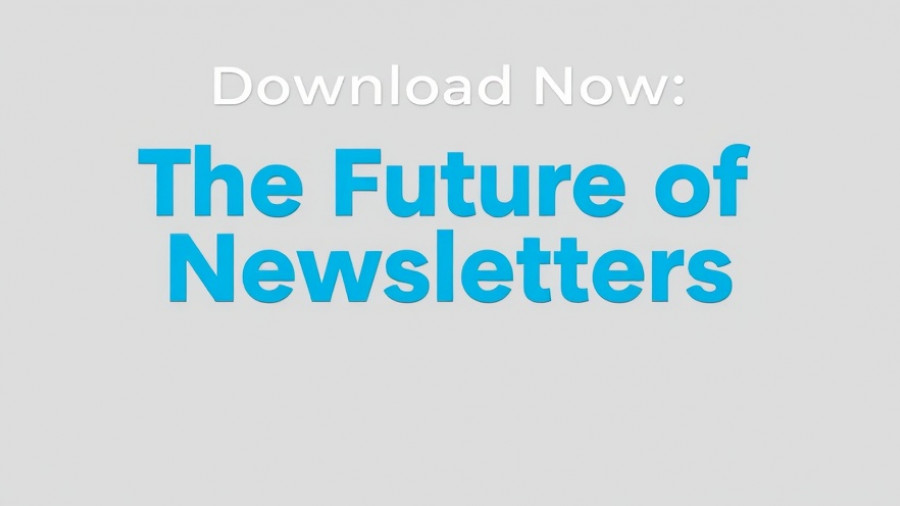
Understanding the Value of Time in Healthcare
In today’s fast-paced world, the medical profession embodies both a deep commitment to patient care and a rigorous journey through education. On average, it takes around 900,000 minutes—or about 15,000 hours—to become a board-certified dermatologist. By the culmination of this long educational path, the physician is equipped with extensive medical knowledge and skills. Despite this, the most profound impact a doctor can make on a patient often happens in the brief moments spent engaging with them. In less than nine minutes, a doctor can make a patient feel seen, understood, and reassured. It’s a poignant reminder: If we neglect those nine minutes, we devalue the hard-earned 900,000 minutes spent preparing for the role.
The Shift Towards Patient-Centric Care
Patient-centered healthcare is emerging as an essential trend in medical practice. As noted by various experts, we are witnessing a paradigm shift from traditional fee-for-service models to value-based care, where the focus is not just on treating ailments but also on enhancing healthcare outcomes. The healthcare industry has gradually acknowledged that patient satisfaction goes beyond mere treatment; it emphasizes quality interactions and empathetic communication.
Work presented in the article by Daniel McCarter exemplifies this enhancing focus. He emphasizes that medical education needs restructuring, advocating for training that nurtures authentic doctor-patient relationships. This approach is critical as it combats the current status quo where volume of procedures overshadows the core value of individual patient care. In fact, studies reveal that patients who feel actively engaged in their care decisions often report better health outcomes, as highlighted in the editorial from Wijnen-Meijer.
Why Communication Matters
Effective communication between healthcare providers and patients cannot be overstated. A physician’s ability to create a connected environment during the nine minutes can often determine whether a patient follows through with subsequent care or adheres to treatment plans. Empirical evidence supports that better communication leads to a better understanding of treatment options and encourages a collaborative decision-making process.
In the research by Cegala et al., it’s observed that when patients actively participate in discussions, physicians provide more thorough information. As healthcare shifts toward patient-centered models, fostering these discussions should become a priority in medical education. Physicians need to be trained to listen and respond to patients, ensuring that their voices are not just heard but valued.
The Emotional Impact of Caring
The emotional dimension of care is equally crucial. A patient who feels that their concerns are valid and acknowledged during those nine minutes is likely to have improved self-efficacy and confidence in their care. Beyond medication and treatments, emotional support and understanding are valuable tools that physicians possess. Implementing such wide-ranging elements into care can ultimately bridge the gap between the technical training represented by the 900,000 minutes and the human element that comes with nine minutes of genuine interaction.
Looking Ahead: Implementing Change in Medical Education
As we reflect on the necessity for deeper integration of patient-centered methodologies in medical training, the path forward is clear. Future physicians must undergo thorough training involving time spent with patients, emphasizing empathy and quality communication over sheer transaction-based interactions. Insights from McCarter and other experts advocate for early exposure to patient interactions, giving students the chance to develop meaningful relationships throughout their training.
This intervention is twofold; not only does it prepare young doctors to prioritize patient engagement, but it also arms them with practical experiences that enrich their understanding and appreciation for the human side of medicine. By cultivating relationships with a manageable panel of patients, medical trainees can arrive at the insight that caring for patients is as important as the procedures they learn to perform.
Conclusion: A Call for Action in Medical Practice
As we move towards a healthcare environment where both education and patient care are intimately connected, it’s imperative for businesses within the healthcare sector to recognize the profound implications of this shift. For small and medium-sized businesses involved in healthcare, adopting a patient-centered approach can yield significant benefits—not just for the patients but also for the organizations themselves.
With calls for clearer communication and deeper ties with patients, industry leaders and systems must engage in active dialogue about reshaping medical training and service delivery models. Imagine the potential transformation in health outcomes if we prioritize meaningful interactions, emphasizing that nine minutes can hold as much significance as 900,000 minutes.
For those interested in the intersection of healthcare and business, it may be time to assess current practices and consider ways to enhance your approach to patient engagement and communication. How might you incorporate this patient-centered mindset into your operations? Let’s foster a healthcare system where quality interactions become the norm, not the exception.
 Add Row
Add Row  Add
Add 



Write A Comment